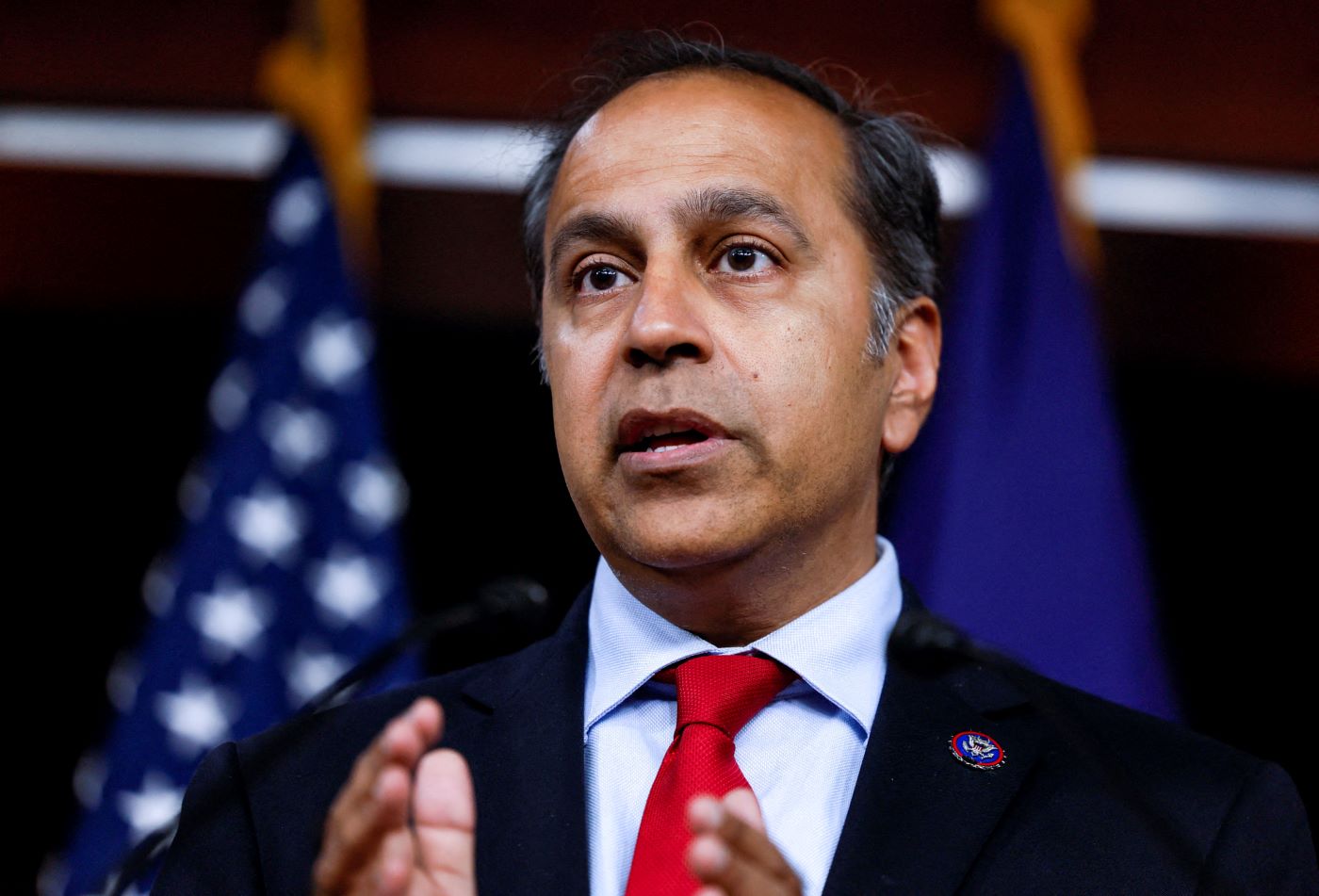NYU study sheds light on AI messaging in healthcare
Study offers rare insight into clinicians’ use and hesitation toward AI-generated patient messages.
 Representative Image / npj Digital Medicine
Representative Image / npj Digital Medicine
A new study has provided one of the first large-scale, data-driven examinations of how healthcare professionals interact with AI-powered messaging tools—and why many remain hesitant to rely on them.
The research, conducted by teams from NYU Tandon School of Engineering, NYU Langone Health, and the NYU Stern School of Business, analyzed more than 55,000 patient messages exchanged via a secure online portal over ten months, between October 2023 and August 2024.
Also Read: Purvesh Khatri’s immune scoring system can guide critical care decisions
The platform integrated a generative AI system that automatically produced draft replies to patient inquiries, allowing providers to either use, modify, or disregard the drafts.
The study, published in Nature Partner Journals Digital Medicine, was led by Oded Nov, Morton L. Topfer professor of Technology Management at NYU Tandon, with Soumik Mandal, research scientist at NYU Grossman School of Medicine, serving as lead author.
“This paper provides evidence that AI has the potential to make patient-provider communication more efficient and more responsive,” Mandal said. “To unlock its full potential in the next phase, however, will require tailored implementation to ensure that AI tools meaningfully reduce clinician burden while enhancing care quality.”
According to the findings, providers chose to “start with draft” in 19.4 percent of cases where AI suggestions were available. Adoption rose slightly as the system refined its prompting. While using a draft reduced response times by about 7 percent — a median of 331 seconds compared to 355 seconds for manual replies — the time saved was often balanced by the effort of reviewing or editing the AI’s output.
The research revealed nuanced patterns in adoption behavior. Shorter, clearer, and more informative drafts were more likely to be used, and tone proved a critical factor: messages with a touch of empathy saw higher uptake, though preferences varied by role. Physicians leaned toward concise, neutral replies, while support staff tended to favor warmer, conversational tones.
“Large language models are a new technology that can help providers be more responsive, more effective and more efficient,” Nov said. “The more we understand who uses it and why, the better we can leverage it.”
Despite measurable efficiency gains, the study highlighted continued caution among providers. The authors attributed this to workflow mismatches, the cognitive cost of vetting AI-generated language, and potential information clutter caused by excessive automation.
ADVERTISEMENT
ADVERTISEMENT
E Paper
Video



1749497506.png) Malvika Choudhary
Malvika Choudhary













Comments
Start the conversation
Become a member of New India Abroad to start commenting.
Sign Up Now
Already have an account? Login